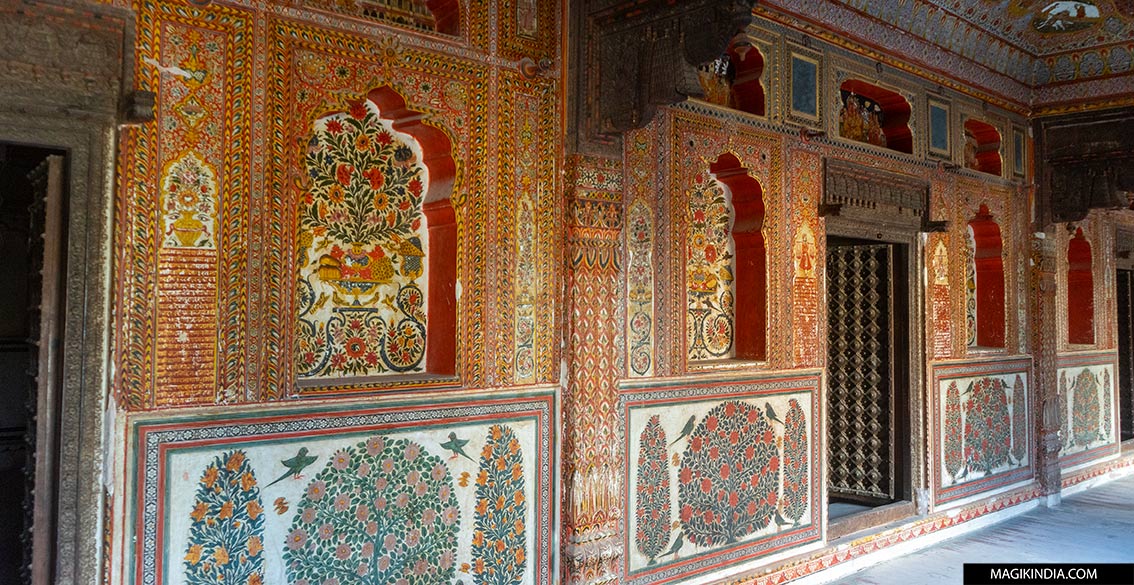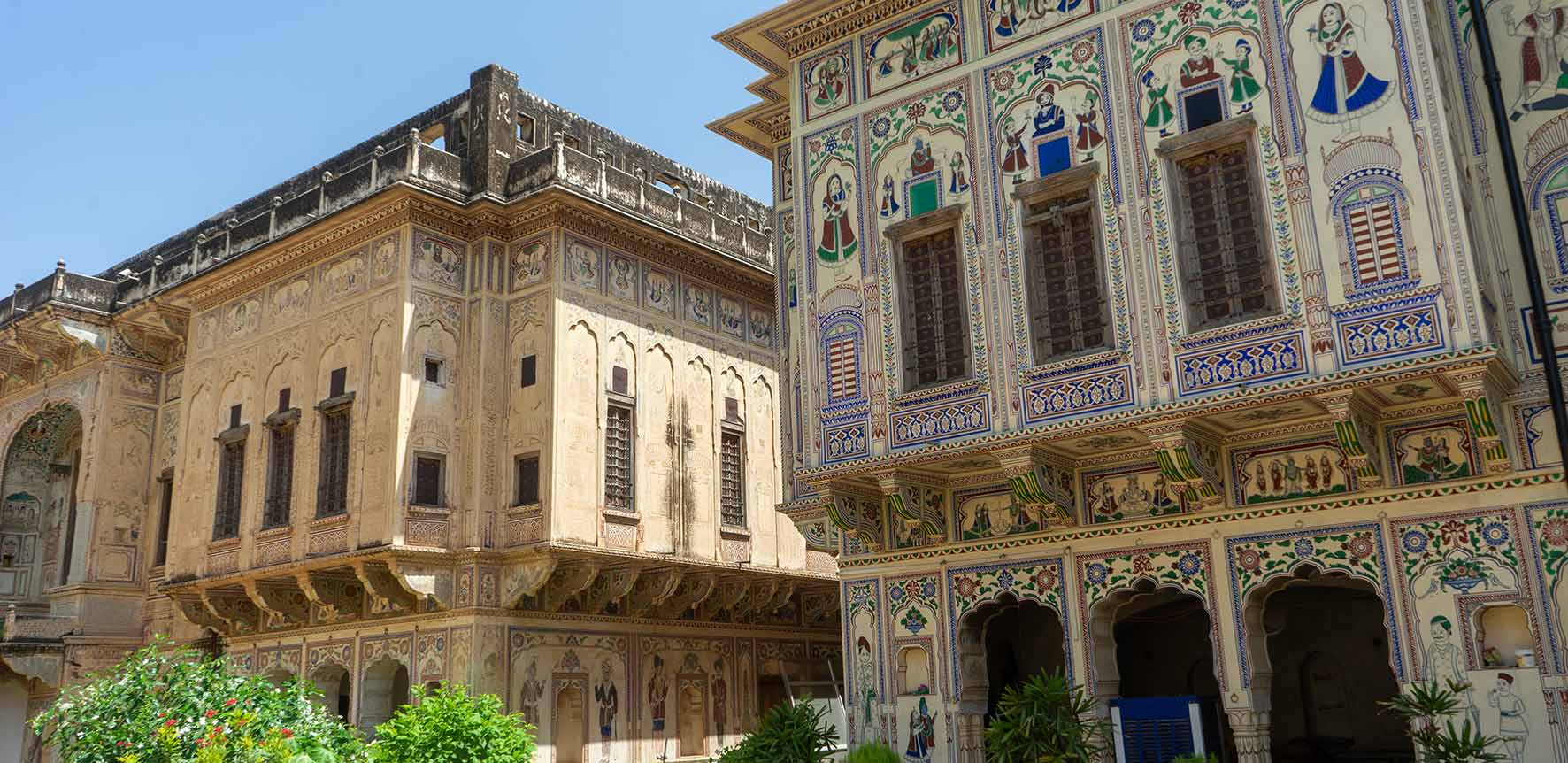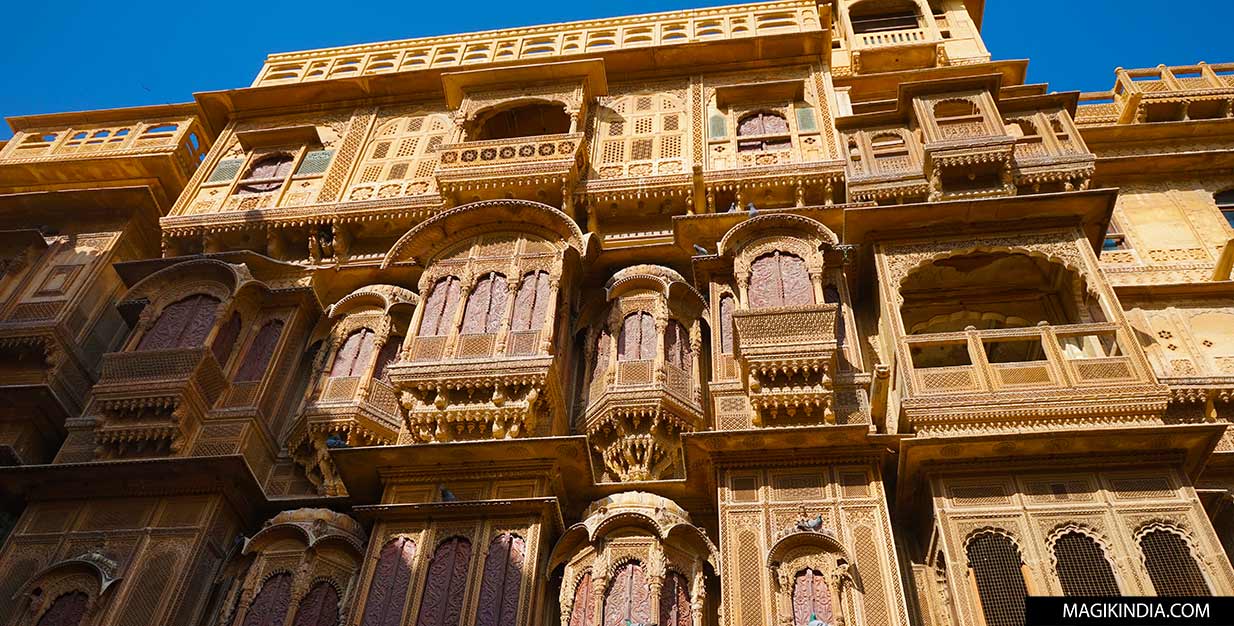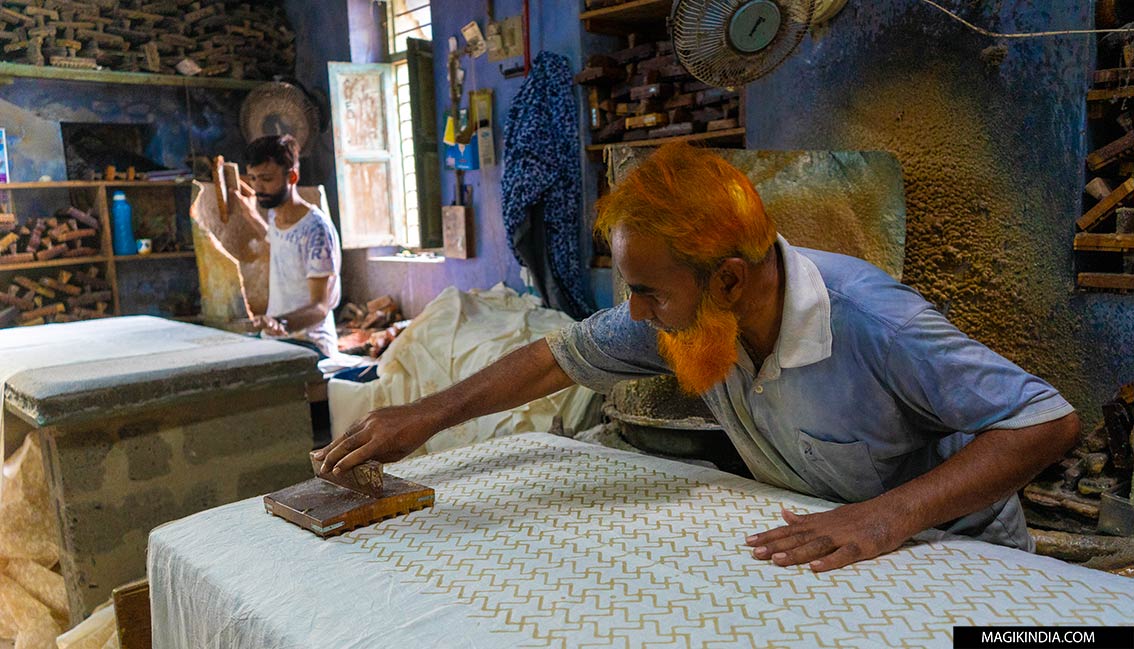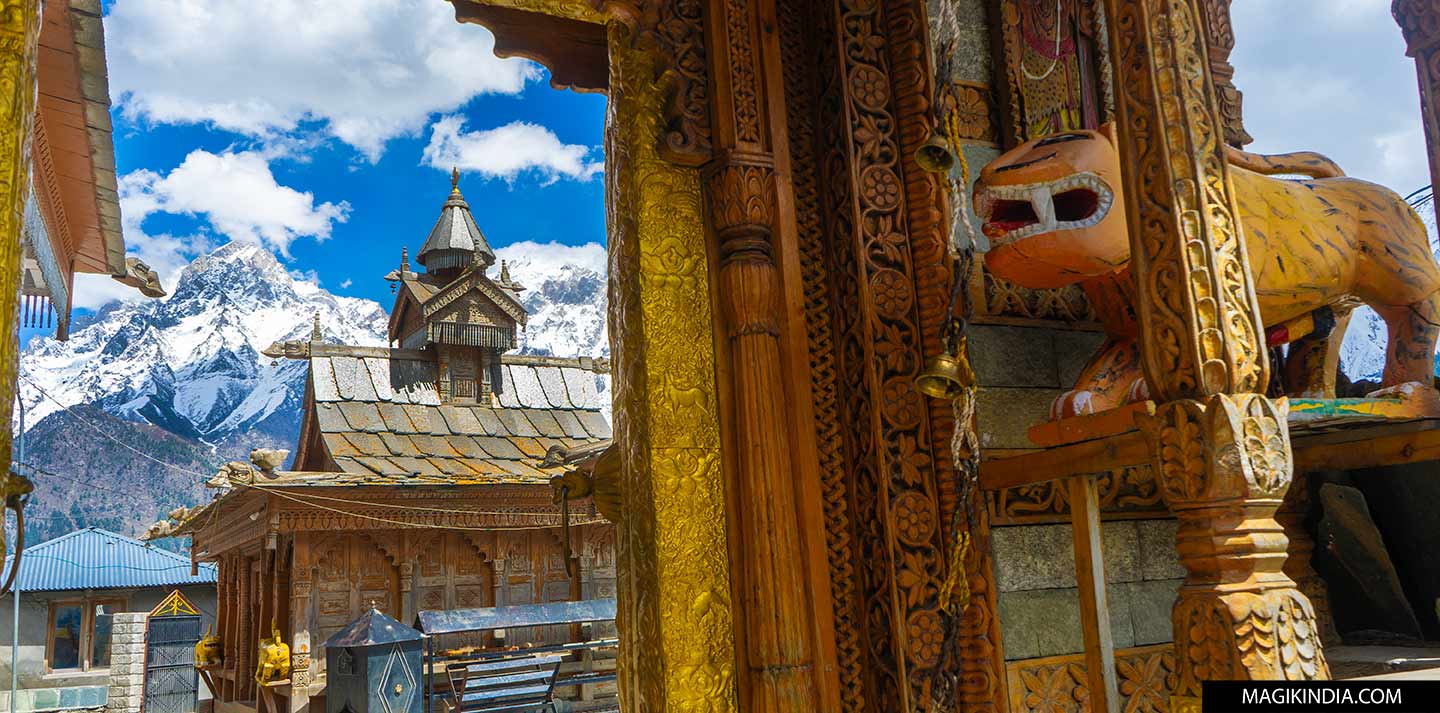
Namaskaram !
Welcome, Padharo ! I'm Mathini, a French woman who has been living in Rajasthan for 10 years. Despite being imbued with Indian culture from a young age it wasn't until 2014 that my Indian adventure really began. I left everything behind in France and set off on a 6-year journey through the land of Gandhi. These adventures are gathered in this blog which aspires, in an intentionally positive spirit, to bear witness to India's remarkably diverse and multifaceted cultural heritage. If this website sparks a desire to pack your bags and set off for an Indian adventure, it will have achieved its purpose. Subh Yatra on Magik India and beautiful explorations in the sacred land of Bharat...
Far from the bustle of more well-known towns like Mandawa or Nawalgarh, the village of Mahansar offers a peaceful respite. It is in the tranquility of its narrow streets that one of Shekhawati’s gems is revealed: the “Sone Chandi Ki Dukan,” an old shop housing dazzling frescoes, enhanced with genuine gold and silver leaf. Mahansar is a unique opportunity to discover the opulent art of Marwari merchants in a preserved atmosphere.
On the road between Pondicherry and Thanjavur, in Tamil Nadu, stands the Chidambaram Temple, a place where sacredness takes an unexpected form. Shiva is celebrated here as Nataraja, the Lord of the Cosmic Dance, who embodies ether. This peculiarity is the prelude to the temple’s great secret: an empty space inviting us to seek the divine not in form, but in the invisible essence. The entire temple thus becomes a mirror of the universe and the human soul.
Dussehra, which translates to “the tenth day,” is a Hindu festival celebrated with great fervour throughout India. It symbolises the victory of good over evil. This day marks the end of Navaratri, the “nine-night” period also dedicated to the worship of the goddess Durga and her nine forms. In the Deogarh region, near Rajsamand in Rajasthan, these celebrations take on a unique charm. They are deeply influenced by the local Mewari culture and take place against the spectacular backdrop of the Aravalli Mountains, offering a festive atmosphere that is both pious and rooted in the region’s natural beauty.
Among the architectural treasures of Shekhawati, the Goenka Double Haveli in Mandawa stands out as a must-see. This historic house, with its walls richly adorned with detailed frescoes, is a vibrant canvas that tells the story of a bygone era, when trade flourished in the region, driven by the ingenuity of Marwari merchants. A visit to this haveli offers a fascinating immersion into the cultural and artistic heritage of Rajasthan.
In the vibrant heart of Jaisalmer, Patwon Ki Haveli stands as if born from an ancient dream of bygone splendor. This golden sandstone masterpiece, like a chiseled poem, lets each sculpture sing the city’s sumptuous history. It is a living treasure of Rajasthan, where the souls of builders and merchants continue to soar.
Batik is among the most vibrant textile arts of Kutch, alongside ajrakh, bandhani, and the distinctive embroideries of the Ahir, Rabari, and Mutva communities. This art, woven into the very fabric of Kutch’s land, is a profound mirror of its history and the ancient trade routes that have shaped its identity.
Nestled in the heart of the unspoiled Kinnaur Valley (Himachal Pradesh), the Narayan Nagini Temple in Kalpa is much more than just a place of worship; it is a reflection of the unique local culture, where Hindu and Buddhist traditions blend harmoniously. Rooted in mythology and legend, this century-year-old wooden temple embodies the spiritual soul of the Kinnauri people, whose customs are deeply connected to nature and the region’s protective deities.

